A set of 7 music posters providing information on musical activities, duration, dynamic, pitch, structure, texture and tone colour.
Use this set of educational posters to decorate your music classroom.
Posters cover the 6 concepts of music including:
Duration
Rhythm is the length of sounds and silences. Patterns of long and short sounds and silences. Beat the underlying regular pulse. Grouping of beats is called a time signature. Accent is a strong beat. Tempo is the speed of beat. Music can be fast or slow.
Dynamic
Music can be soft. Music can be loud. Music can get louder (crescendo). Music can get softer (diminuendo). Loud and soft sounds music create contrast.
Pitch
Sounds move up, down or stay the same.
Melody is a sequence of patterns. Harmony is two or more pitches of sound together. Definite pitch is heard in tuned instruments (xylophone, piano). Indefinite pitch is heard in untuned instruments (triangle, tambourine).
Structure
The form or plan of a piece of music.Structure involves: motifs, phrases, themes and sections. Organised by: repetition, contrast and development. Music may include: an introduction, interludes and a closing section.
Tone Colour
Sound can be made from wood, metal, skin, string or voices. Sounds can be made by blowing, hitting, strumming, plucking, scraping and bowing.
Texture
The number of instruments playing at one time.Polyphonic texture is many instruments playing at once. Monophonic texture is a single melody with no accompaniment. Homophonic texture is melody and accompaniment working together.
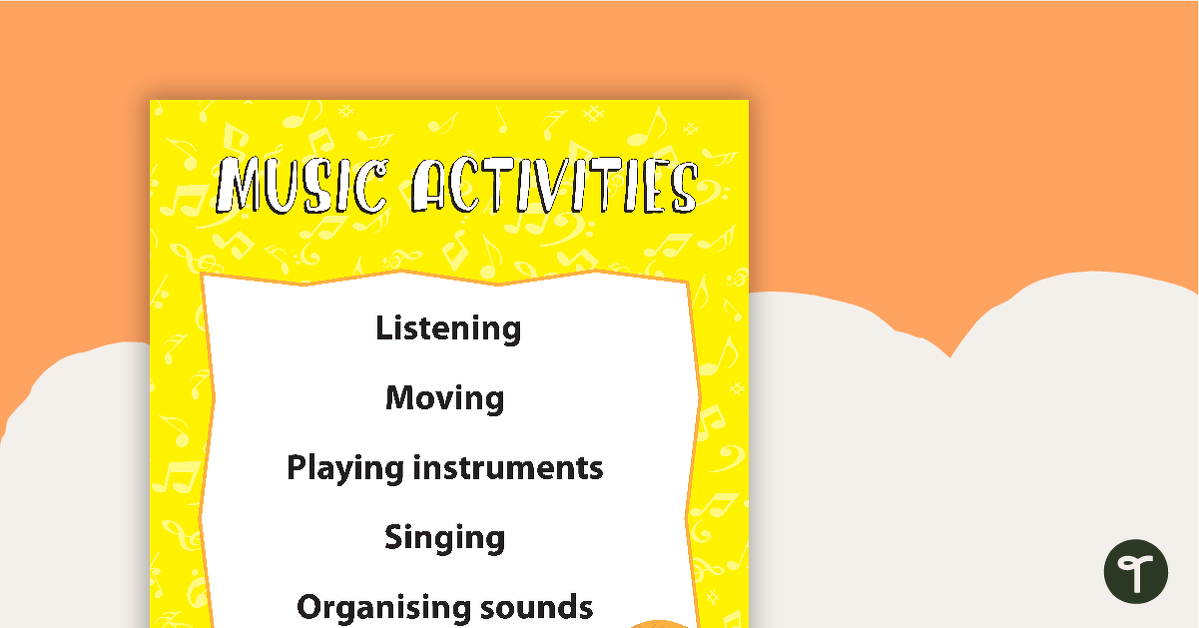

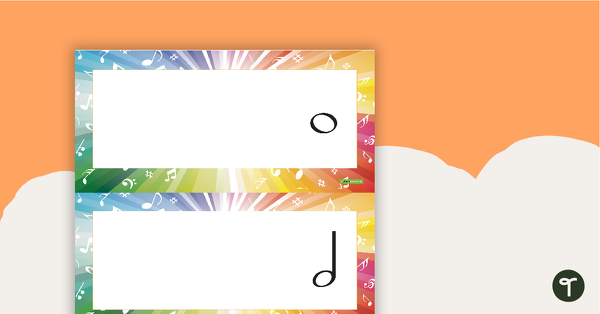
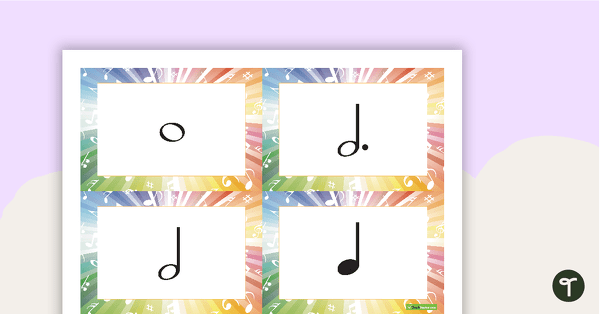
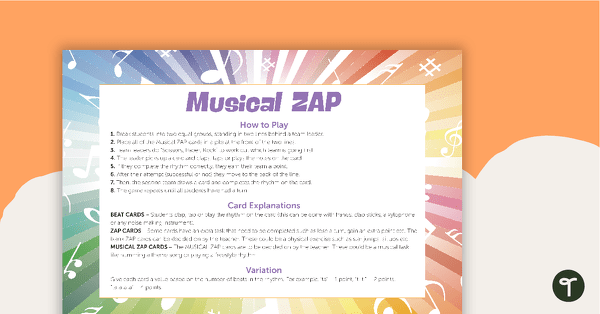
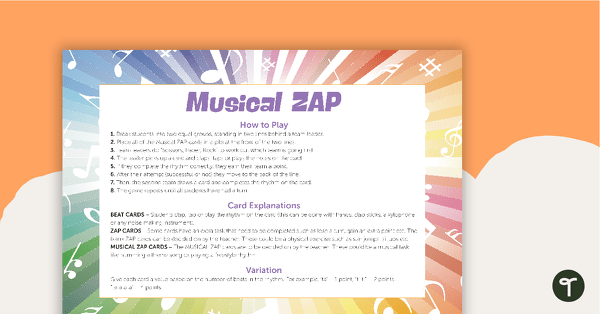
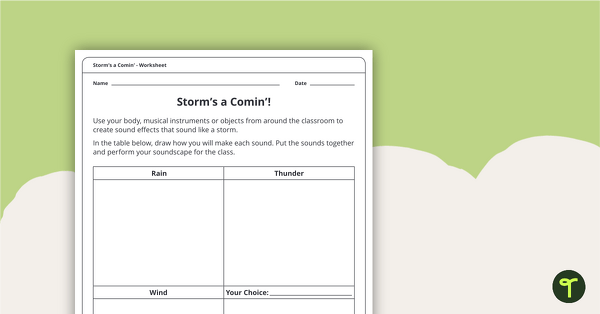
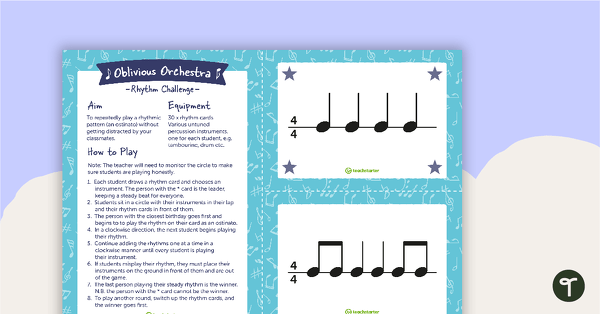
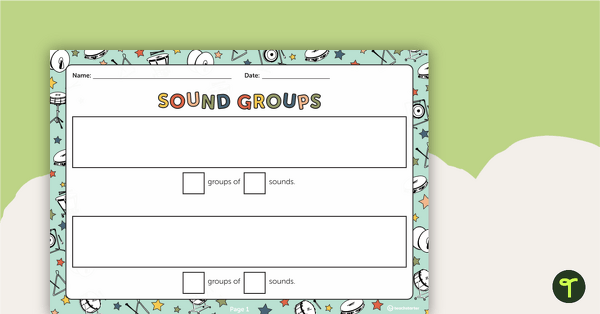
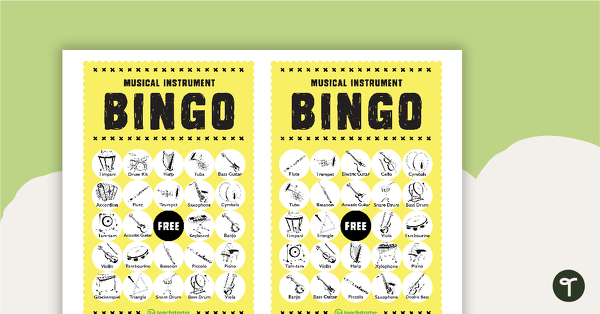
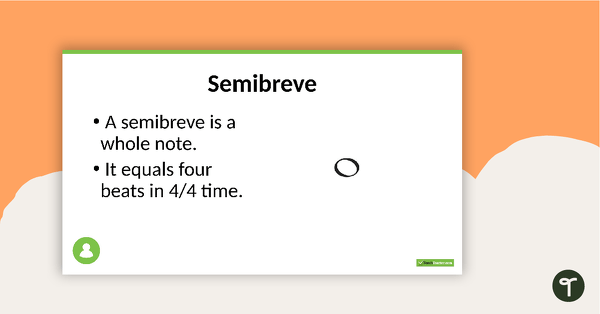
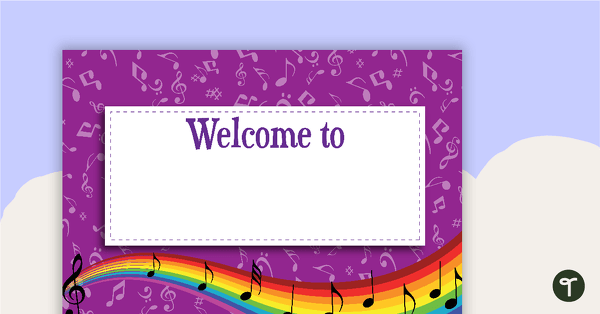
Just pointing out that on the 'Texture' poster the text should read 'the number' not 'the amount' of instruments. Instruments are countable so we say 'the number of instruments' as opposed to flour or sugar, where we say 'the amount of flour', 'the amount of sugar'. Eggs, like instruments, are countable, so correct is 'the number of eggs'. Kind regards,
Hi Russell, Thanks for pointing this out to us. This has been fixed and is ready for you to download again. If there is anything else I can assist you with, please don't hesitate to contact me.
Thank you for making my requested resources :)
No problem at all!